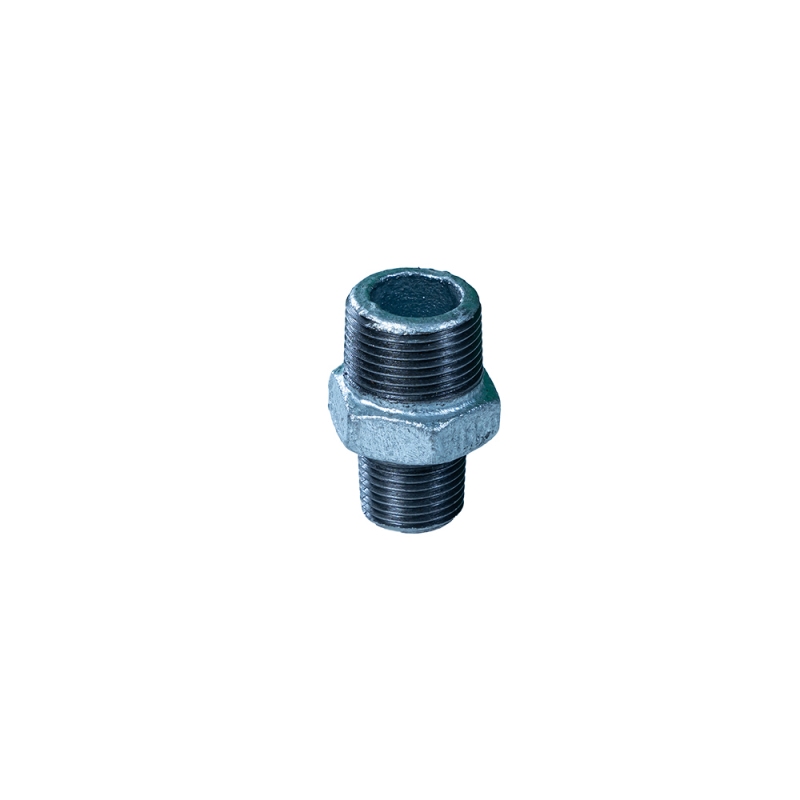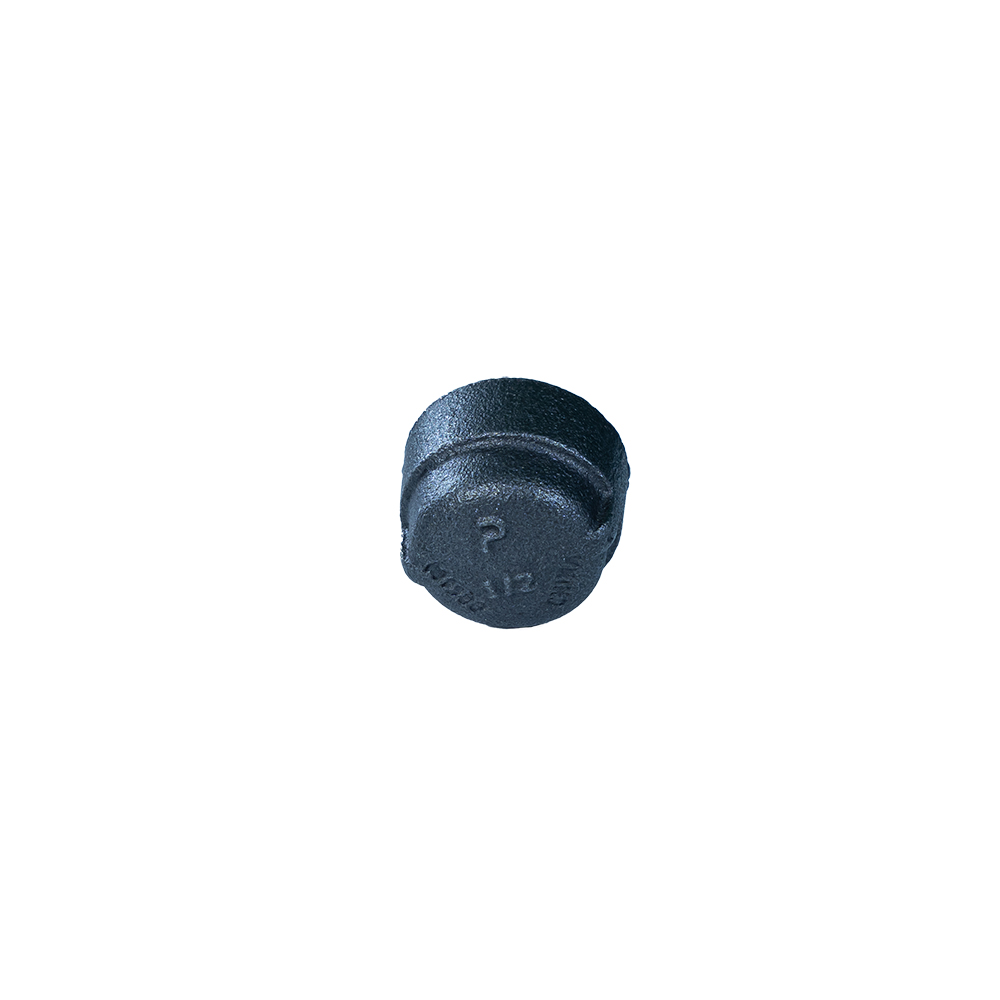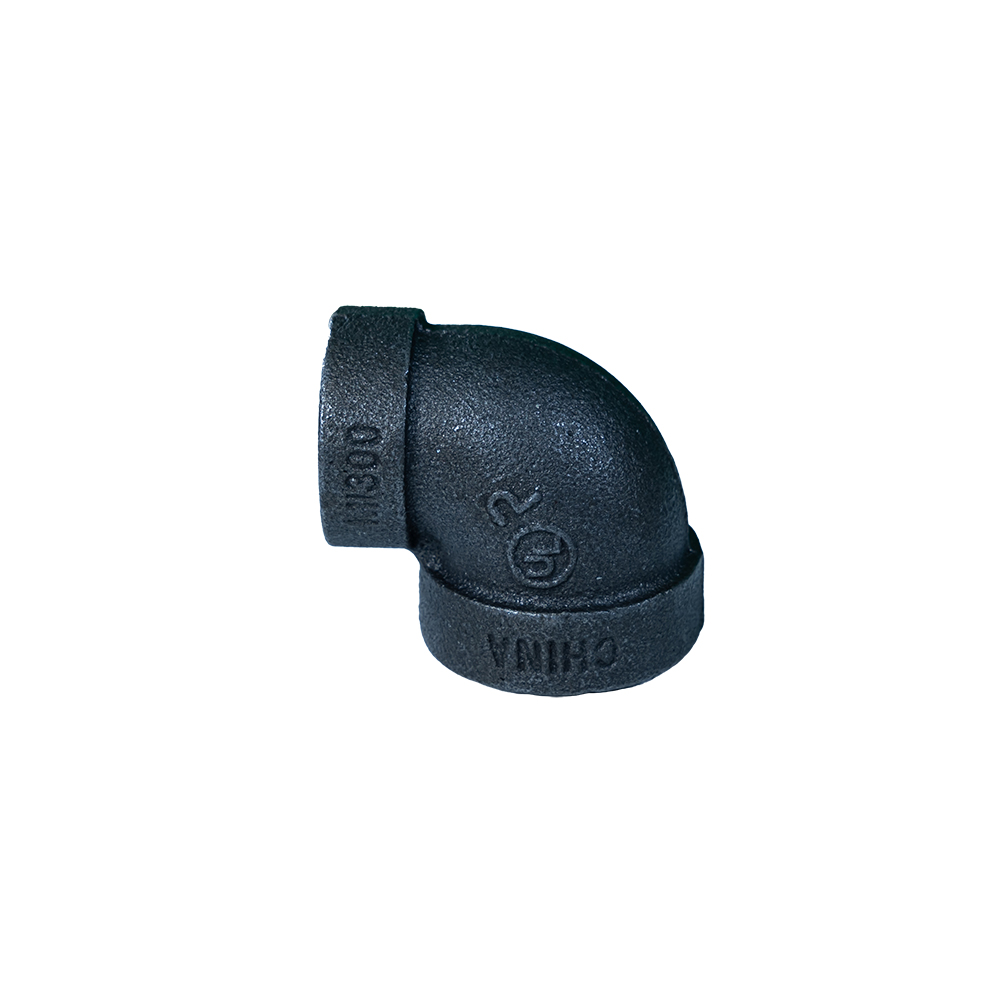Dated on Nov-20-2025
Why Plumbing Pipes and Fittings Matter More Than You Think
If you stop for a moment and think about water flowing seamlessly from your tap, it’s easy to forget the complex network silently at work behind the scenes. Plumbing pipes and fittings form those essential arteries—critical not only for residential comfort but also for global infrastructure, public health, and economic development. These components serve industries and communities worldwide, making clean water access, sanitation, and safety possible. Understanding plumbing pipes and fittings means understanding a vital part of modern life itself. From skyscrapers in New York to rural villages in Africa, the choice of material, design, and quality can spell the difference between reliable service and costly failures. So even if you’re not a plumber, appreciate that these humble components quietly keep societies running. ---The Global Pulse of Plumbing Pipes and Fittings
Water infrastructure—freshwater delivery and wastewater removal—is one of the world’s largest engineering achievements. According to the United Nations, over 2 billion people still lack access to safely managed drinking water. That sobering statistic puts plumbing pipes and fittings front and center in the fight for health and dignity. In industry terms, plumbing pipes and fittings represent a $75 billion+ global market (ISO standards play a huge role here), with key growth drivers in emerging economies and urbanization. Yet, this field wrestles with challenges like material durability, cost optimization, and changing environmental demands. The ongoing pressure to innovate while keeping affordability intact is a high-wire act. Frankly, the stakes are high: a faulty fitting can contaminate water or cause devastating leaks. In real terms, these tiny connectors—often overlooked—are critical to the resilience and safety of water supply systems. ---What Exactly Are Plumbing Pipes and Fittings?
Simply put, plumbing pipes transport fluids like water, gas, or sewage. Fittings are the connectors, elbows, tees, and valves that join these pipes and enable the network to bend, branch, or adapt. They’re the backbone of modern sanitation, heating, and cooling systems—essential in everything from mega-industrial plants to your local medical clinic. The wide variety in materials—PVC, copper, steel, PEX, and more—matches every challenge the environment and the application might throw at them. I’ve noticed, the better the fittings, the smoother the installation and the longer the system lasts. So much rides on the quality and compatibility of these components. ---Key Factors that Matter in Plumbing Pipes and Fittings
Durability and Material Choice
Pipes made from copper resist corrosion well but can be pricey; PVC is cheap and lightweight but can degrade under UV or extreme heat. Steel pipes offer strength but weigh a ton (literally) and can rust without proper treatment. Each material comes with trade-offs—and climate or water chemistry often tips the balance.Scalability and Flexibility
Modern plumbing projects range from tiny bathrooms to entire city grids. Fittings thus must accommodate varied diameters and pressures. Innovations like push-fit fittings speed installation and reduce mistakes, a real boon on big jobs or in remote sites.Cost Efficiency
You want your pipes and fittings to last decades without breaking the bank upfront. Sometimes investing a bit more means avoiding costly downtime or repairs down the line. It feels like a balancing act between initial cost and lifecycle savings.Compliance and Standards
ISO and ASTM standards shape design specs worldwide for safety, pressure thresholds, and fire resistance. Without these, chaos—and failures—would be inevitable.Environmental Impact
More customers now want green materials and manufacturing with reduced carbon footprints. Recycling ability and toxin avoidance are rising priorities, nudging innovations in bioplastics and lead-free alloys. ---Where Plumbing Pipes and Fittings Make a Difference Globally
The reach of plumbing components is vast: - Urban infrastructure: Cities like Tokyo or London rely on high-grade stainless steel fittings for seismic resilience and longevity. - Healthcare facilities: Sterile water delivery systems require corrosion-resistant, hygienic pipes to prevent infections. - Disaster relief: After hurricanes or earthquakes, quick-deploy modular piping systems restore potable water fast, crucial to recovery efforts. - Agriculture: Irrigation networks across drought-prone regions like California need durable, leak-proof fittings to conserve every precious drop. - Emerging markets: Countries in Sub-Saharan Africa and Southeast Asia see rapid demand for affordable plumbing pipes and fittings as rural electrification and water access projects expand. In brief: wherever water or gas flows, these fittings silently form the lifelines of progress and survival. ---The Real Advantages of Investing in Quality Plumbing Supplies
Long-term, great plumbing pipes and fittings reduce water loss, avoid contamination, and save money. Less downtime means more trust from residents or customers. There’s an emotional side too: safe water supports health, community dignity, and peace of mind. When engineers design and specify the right parts, they’re not just choosing pipelines—they’re empowering lives. ---Product Specification Table
| Specification | Typical Range | Notes |
|---|---|---|
| Pipe Diameter | 6 mm – 600 mm | Varies by application |
| Material Types | PVC, Copper, Stainless Steel, PEX, Cast Iron | Chosen for durability & environment |
| Pressure Rating | Up to 16 bar (typical) | Higher rating for industrial use |
| Temperature Range | -20°C to 110°C (varies) | Heat-resistance matters for hot water |
| Certification | ISO 9001, NSF/ANSI 61 | Ensures safety and health compliance |
Comparing Leading Plumbing Pipes and Fittings Vendors
| Vendor | Product Range | Sustainability Focus | Price Range | Global Reach |
|---|---|---|---|---|
| PipeMasters Inc. | PVC, Copper, PEX | ISO 14001 certified, recycling program | Mid-range | North America, Europe |
| AquaFit Solutions | Steel, Stainless, Custom Fittings | Focus on reducing carbon footprint | Premium | Global (50+ countries) |
| EcoConnections Ltd. | Bioplastics, Recycled PVC | 100% recyclable, biodegradable options | Budget-friendly | Asia, Africa |
Looking Ahead: The Future of Plumbing Pipes and Fittings
Industry insiders point toward smarter, more sustainable plumbing solutions on the horizon. Imagine pipes embedded with sensors that detect leaks before they happen, or fittings manufactured via 3D printing tailored exactly to project specifics. The rise of green materials—bio-based plastics and advanced alloys—promises smaller environmental footprints. Meanwhile, global initiatives push for water-saving standards and circular economy principles, creating a ripple effect around production and disposal. Automation in assembly and installation will no doubt speed timelines while reducing human error. It’s odd to think fittings that barely merit a second glance could become so tech-forward, but that’s where we’re headed. ---Common Challenges and How to Overcome Them
Plumbing networks often face corrosion, leaks, and compatibility problems—especially in older systems or harsh environments. Materials can deteriorate or fail under chemical exposure, pressure spikes, or temperature swings. The solution? A combination of rigorous testing, carefully selected materials, and modular designs that simplify maintenance. Engineers increasingly use predictive analytics and IoT devices to monitor systems remotely—catching faults early. Also, improved training for workers on-site reduces installation errors, a surprisingly frequent culprit. ---FAQ: Frequently Asked Questions About Plumbing Pipes and Fittings
- 1. How do I choose the right type of pipe for my home plumbing?
- A: Consider your water quality, local building codes, budget, and temperature demands. Copper suits hot water, PVC is great for cold water lines, and PEX offers flexibility. If in doubt, consulting a professional plumber can save headaches later.
- 2. What’s the lifespan of common plumbing fittings?
- A: Most high-quality fittings last between 25 to 50 years depending on material and conditions. Copper and stainless steel are on the longer-lasting end, while some plastics degrade faster under UV or chemical exposure.
- 3. Can I install plumbing fittings myself?
- A: Simple fittings like push-fits can be DIY-friendly, but complex systems with soldering or press fittings often require professional skills to ensure safety and compliance.
- 4. Are eco-friendly plumbing materials really better?
- A: Generally, yes. Materials that are recyclable or sourced sustainably reduce environmental impact. However, performance and certification should never be compromised.
- 5. Where can NGOs source reliable plumbing pipes and fittings for relief projects?
- A: Specialized suppliers often offer kits designed for rapid deployment. Platforms like this connect NGOs with vetted vendors to ensure quality and fast delivery.
Final Thoughts: Plumbing Pipes and Fittings — The Invisible Infrastructure
When you strip away the jargon and engineering complexities, you realize plumbing pipes and fittings are unsung heroes of modern living. They deliver not just water, but safety, health, and economic opportunity. Investing in quality, innovation, and sustainability here feels wise beyond words — because water will always find a way, one way or another. If you want to explore more about the nuances, products, or suppliers that move this industry forward, don’t hesitate to visit our website. After all, the right connection matters. ---References
Post time: Nov-20-2025
Related PRODUCTS









